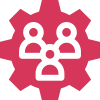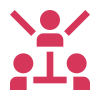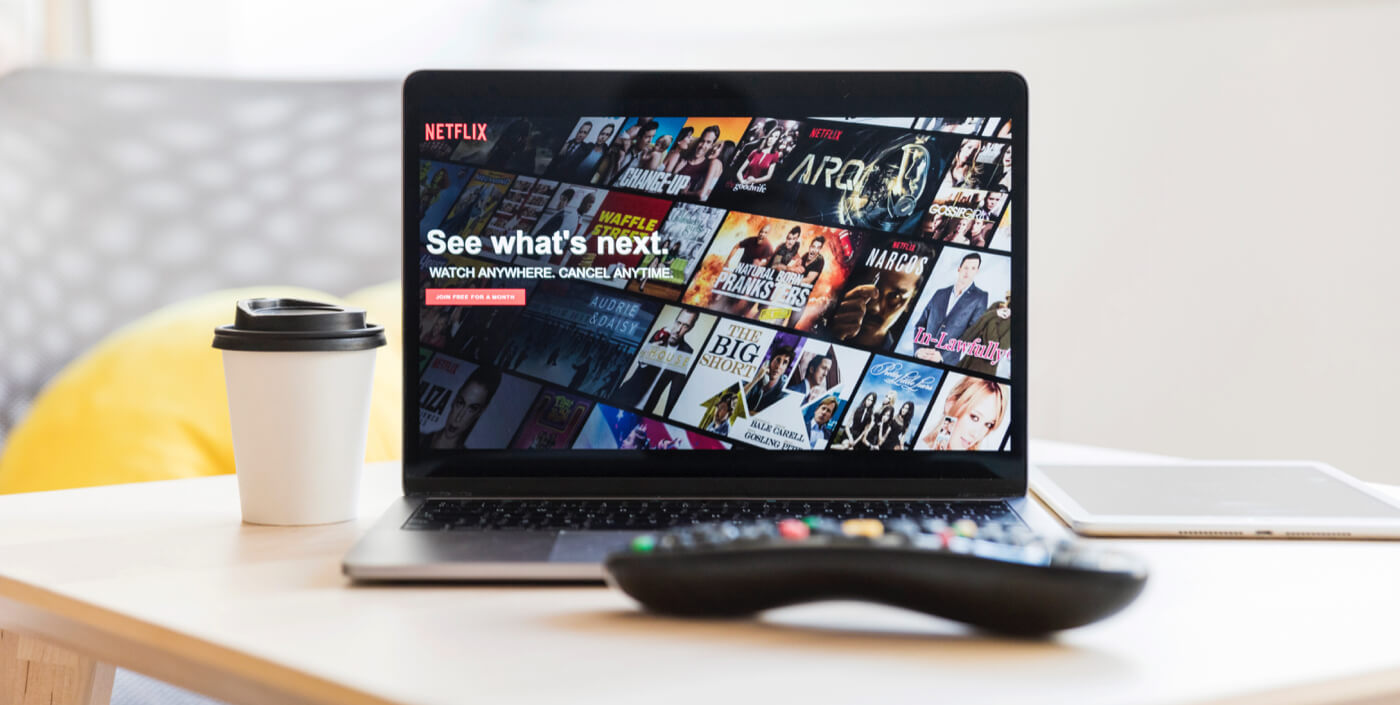COVID 19 – an infectious disease caused by the novel coronavirus – made its first appearance in January in Wuhan, China. Thereafter, it spread worldwide in a matter of just a few months, wreaking havoc in all global sectors.
Apart from pushing the global economy into a recession following an extended period of lockdowns it has also made the global healthcare industry fall head over heels.
With no reliable or effective medicine for the pandemic to date, the onus is on treating its symptoms to improve the condition of a patient. Coupled with it, the unusual tendency of the novel coronavirus to multiply in number and affect different parts of the body has made the matters worse for the healthcare industry. But technology has helped the healthcare industry to some extent to fight the deadly virus to some extent.
How Technology Has Helped Combat Covid-19

Following the onset of the pandemic, the governments of all countries started looking for ways to minimize their damage within their capacity. Technology has, to a large extent, come to people’s rescue in this regard.
Technology has helped governments in two major ways. Along with the identification of symptoms, it has had a vital role in testing patients so far. Apart from the identification of active cases, both processes have also helped in providing timely treatment to patients.
App development companies have been instrumental in rolling out a wide range of applications to raise awareness among people. These apps have been effective in educating people about the symptoms and causes COVID-19 and the ways to deal with it. Here’s a detailed overview of some of these applications and technological innovations.
Importance of Arogya Setu app for tackling the COVID 19 pandemic
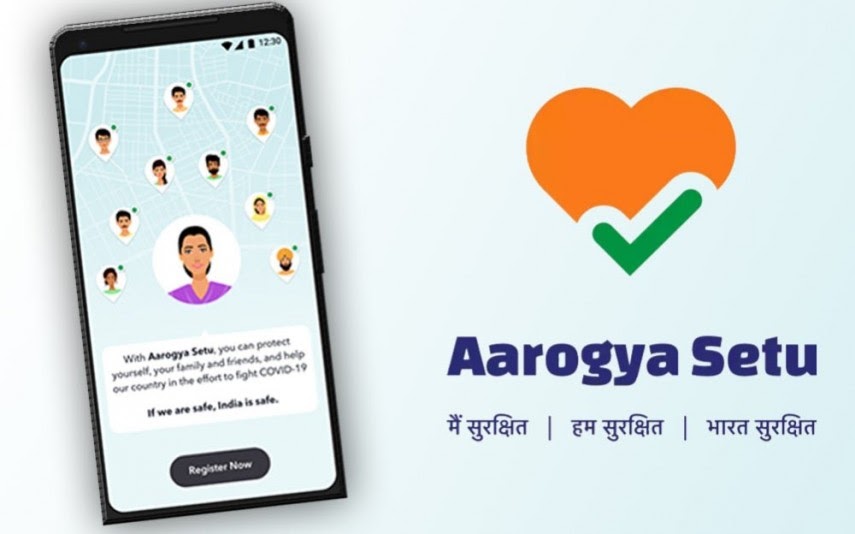
Ever since the promotion of the Arogya Setu app by the Prime Minister of India, Mr. Narendra Modi, it has become an integral part of the lives of people in India. In the last few months, it has become a prerequisite for the passengers traveling in a train, other public means of transport, and domestic flights.
Tailor-made to serve as a contact tracing application, Arogya Setu lists the contact details of people who have been in touch with a Covid patient. It takes measures to identify and inform about the precautions that will take care of the newly exposed people. Besides, it will also give ideas about the symptoms that show a chance of higher transmission.
With its combined benefits, the app has so far been able to contain community spread in India – the country with the second-highest population on the planet. The timely monitoring of symptoms and prompt testing have saved many lives from clutches of the infectious disease.
Some other high-end applications with similar functionalities include Quarantaine Monitor, Maha Kavach, Time Watch, Test Yourself, to name a few.
Role of Testing Kits

Technology-enabled telemedicine companies have also come forward to reduce the risk of the pandemic. The healthcare platforms are available for handling potential COVID-19 cases. The tools are inbuilt on automated healthcare systems for better communication with patients who go to the webpage of the company.
In this way, they can get personal guidance, opinion regarding the appointment with the Healthcare officials, and so on. Presently, the digital health community is also implementing new tools for monitoring the spread of the disease and facilitating better treatment.
As soon as their Healthcare officials get information about the patient’s exposure to the infected person, they start taking measures for testing the blood samples of the recently exposed people. The search for a vaccine and medical research is still going. With the efforts in full swing, a breakthrough will come sooner or later.
Digital epidemiology tools, chatbot helpers, and their rapid response test kits have come together to connect patients with healthcare organizations and digital health vendors.
Remote video conferencing

There has been a considerable drop in the number of patient visits in hospitals. Owing to the lockdown and the panic situation that surrounds everywhere, there has been a drastic decline in the number of patients visiting the hospitals. People are even avoiding going in for routine check-ups that are practiced on a regular basis by many people who are particular about their health check-ups.
Also, you can witness a decline in the number of patients admitted in the hospitals, which is expected to decrease further with the corona terror taking a toll on the minds of the people irrespective of their place of residence and native. But with the advent of video conferencing technology, patients are getting treatment and medicine prescriptions remotely. All you need to have is a smartphone and active internet, and you can easily download apps from the play store to get in a video chat with the expert doctors from your home.
Robotics in the healthcare industry

Yes, you have heard it right. Robots have also entered the healthcare industry for good. Doctors have to examine the patients using a stethoscope, and we all know it can be a potential threat to the doctors if at all, the patient who has come for the treatment is Corona positive. Thus in order to cut down the direct contact between the doctor and the patients, robots are being used these days to take down the vitals of an infected person. Further, the details are communicated to the doctor via built-in screens, and accordingly, they can treat the patients with apt medications. These remote-controlled robots are so programmed that they can check the blood pressure, temperature, and other basic diagnostics of the patients.
Deploying robots in hospitals has given way to contactless treatment, further adding on to the safety measures that should be followed during this pandemic.
Chatbots for assistance
The coronavirus pandemic has developed a panic situation everywhere all around the globe, and people have developed a sense of fear in everything they do. Thus various healthcare units have adopted the usage of chatbots to provide assistance to patients before they plan to visit the clinics or hospitals physically. These chatbots help the patients to understand and identify the virus symptoms before it actually attacks the patient. Also, the users can get their queries clarified regarding the disease to further hike their knowledge about the same.
Temperature sensors
Temperature sensors are being adopted by almost all the industries and have become an essential staple to find out the temperature of the people entering the premises. These temperature sensors are capable of sending real readings and information to health care professionals. Thus it is highly useful in testing the vitals of an individual with minimal contact.
Supercomputers for vaccine development
Supercomputers have stood out as an essential device in making medical discoveries, solving computational issues, and producing materials. Incorporating artificial intelligence, the supercomputers can be used for analyzing and processing a good quantity of algorithms. Owing to its high speed, these computers can perform faster calculations and can provide solutions in a short span of time in comparison to the other traditional computers. These computers are being used as a source of triggering up fast track cure and vaccine for the pandemic.
Drones for supplying essentials
For all those people who have been infected with the virus and for all those who are being quarantined and isolated, drones are serving as a takeaway vehicle to supply essentials to the patients and potential patients. They are being used for delivering food, medicine, and other basic necessities to the patients. Using drones as a supply device reduces the contact between the supplier and patient and ensures safety standards.
The overall role of technology
Most healthcare digitized systems and applications have started adopting distinct approaches for tackling the COVID-19 pandemic. For instance, reactive technology has now become the focal point for countries to focus on activities after a risk incident. The applications based on contact tracing are now limiting the cases of spread and also tracing the chances of social interactions.
Driven by functionality and innovation, each of these applications has started encouraging specific behaviors such as sanitizing, and maintaining the social distancing norms. These applications connect low-risk individuals access to specific restaurants or gyms while limiting the access of high-risk individuals to only grocery stores and pharmacies.
Covid 19 – what does the future hold for the healthcare industry?
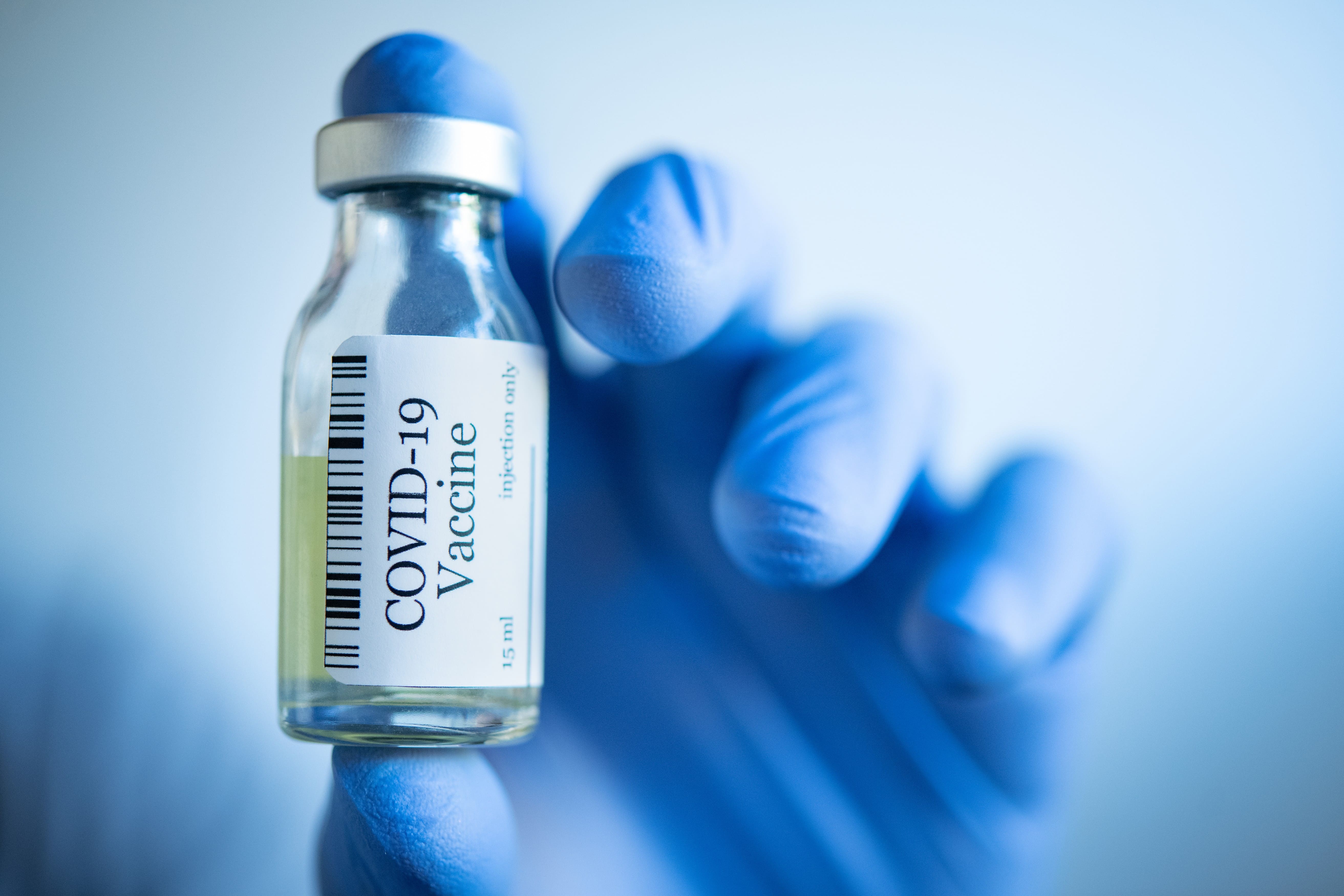
The rising costs for the treatment have also put enormous pressure on the providers of healthcare insurance. This has prompted the providers to impose stricter terms for claiming and registering for the benefits. Experts believe some countries have already seen the worst phase of the virus, whereas others are yet to see it. Furthermore, there are also fears of a second or subsequent wave of the pandemic.
A lot depends on how quickly the healthcare systems are able to reduce the existing cases. Heightening the awareness and sharing the common practices across global healthcare systems can help limit the number of cases and ease the burden on the healthcare system.


